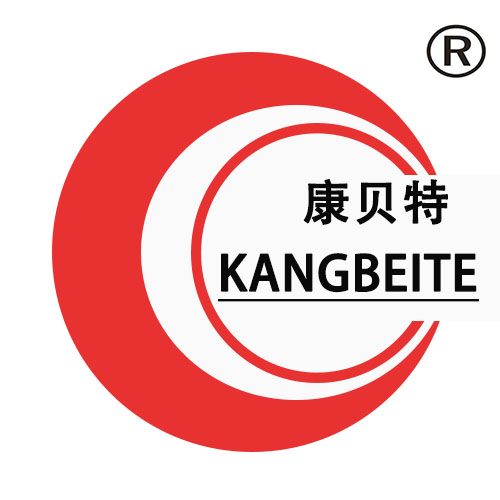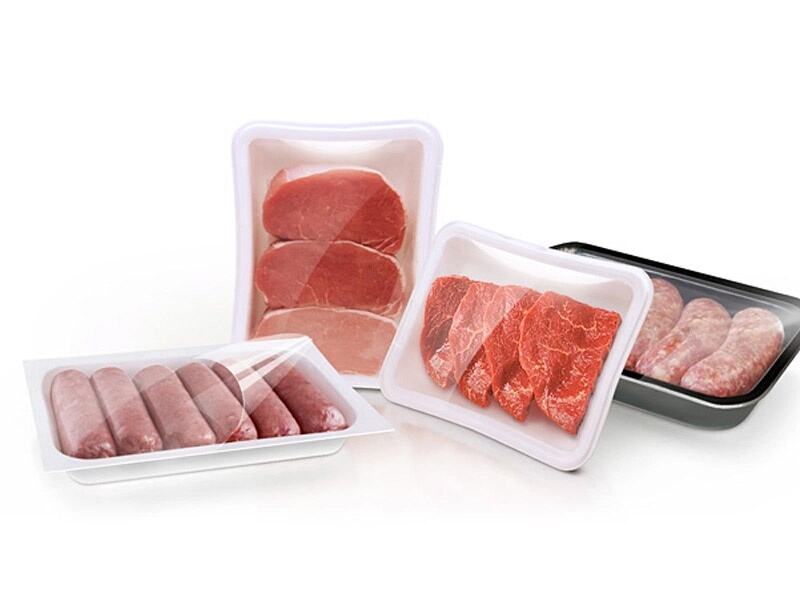Understanding Modified Atmosphere Packaging Technology
What is Modified Atmosphere Packaging?
Modified Atmosphere Packaging (MAP) is a revolutionary food preservation method designed to alter the atmospheric environment surrounding food products. The purpose of MAP is to extend the shelf life of food items by replacing the natural air inside the packaging with a controlled mixture of gases, including nitrogen, carbon dioxide, and oxygen. This technology is widely utilized in various food sectors, such as bakery, fresh produce, and meats, due to its versatility. Unlike vacuum packaging that removes air completely or gas flushing that introduces a single gas, MAP strategically controls the gas composition to suit specific food types.
Scientific Principles Behind Gas Composition Control
Gas composition control is pivotal in MAP for inhibiting microbial growth and maintaining food quality. By using specific gas mixtures, such as decreased oxygen and increased carbon dioxide, MAP effectively slows down spoilage and preserves freshness in different food products. For instance, studies have shown that specific gas ratios significantly reduce microbial activity in fruits, vegetables, and meats. The effectiveness of MAP also depends on the gas exchange rates and the permeability of packaging materials, which are carefully designed to minimize oxygen exposure and regulate humidity, ensuring optimal preservation conditions.
Key Benefits of Modified Atmosphere Packaging for Freshness
Extended Shelf Life Through Microbial Inhibition
Modified Atmosphere Packaging (MAP) significantly contributes to the extension of shelf life by inhibiting microbial growth. This process uses controlled gas environments to suppress spoilage microorganisms and pathogens, effectively prolonging the freshness of food products. Reports suggest that MAP can extend the shelf life of perishable foods by up to 50% compared to traditional packaging methods. By reducing microbial activity, MAP helps prevent spoilage, ensuring that food products remain safe and fresh during distribution and storage. This innovation is particularly valuable in the logistics of fresh produce and high-demand items, positioning MAP as an essential tool for shelf life extension and quality maintenance in the food industry.
Preservation of Nutritional Quality in Fresh Produce
Another key advantage of MAP is its ability to preserve the nutritional quality of fresh produce. Controlled atmosphere environments help maintain the integrity of essential vitamins and minerals that might otherwise degrade over time. For example, fruits such as apples and strawberries retain higher levels of vitamin C and antioxidants when stored in MAP conditions. Multiple studies confirm that MAP can effectively retain nutritional quality, enhancing consumer satisfaction and supporting healthy eating habits. By maintaining the nutrient profile of fresh produce, MAP ensures that consumers receive products that are not only fresher but also richer in essential nutrients.
Reducing Oxidation and Food Waste
Map dramatically reduces oxidation processes, a key factor in spoilage and food waste. By lowering oxygen levels within packaging, MAP effectively curtails oxidation, thus slowing down the degradation of food quality. The adoption of MAP has shown a significant reduction in food waste, with some industries reporting up to 30% less spoilage. This reduction in waste not only provides economic benefits by decreasing losses for retailers but also extends to consumers by reducing the cost of spoiled goods. Additionally, less food waste contributes positively to environmental sustainability, aligning with broader goals of reducing the carbon footprint associated with food production and distribution.
Automated Systems in MAP Implementation
Role of Volumetric Filling Machines in Gas Mixing
Volumetric filling machines play a crucial role in ensuring precise gas mixtures for Modified Atmosphere Packaging (MAP). By automating the gas mixing process, these machines contribute to standardized and repeatable MAP processes, which are vital for maintaining product consistency and quality. Volumetric filling machines like the UNIFOOD Machinery's VFM-1200 are known for their precision and efficiency in handling various gases used in MAP, significantly improving packaging efficiency.
High-Capacity Fruit Cleaners for Pre-Packaging Preparation
High-capacity fruit cleaning machines are essential for maintaining hygiene during the pre-packaging phase of MAP operations. These machines ensure that fruits are thoroughly cleaned and sanitized, thereby enhancing safety and quality when packaged. The use of such cleaners is crucial in adhering to industry standards, such as those set by the International Fresh Produce Association, which ensures optimal conditions for MAP. For example, machines that can handle multiple cleaning stages are preferred for their ability to remove various contaminants, thus providing a cleaner product ready for packaging.
Integration with Liquid Filling Systems
Integrating MAP with liquid filling systems allows for the creation of comprehensive packaging solutions that enhance both product quality and consumer safety. For instance, products like semi-prepared meals or pre-marinated meats benefit from simultaneous liquid and gas filling operations. This integration is pivotal in maintaining the quality of perishable items by preventing spoilage and maintaining freshness. By ensuring that the liquid content and atmospheric gases are precisely controlled, businesses can confidently market their packaged goods as fresh and of high quality, reducing waste and increasing customer satisfaction.
MAP Applications Across Food Industries
Bakery Sector: Maintaining Bread Freshness
Modified Atmosphere Packaging (MAP) plays a crucial role in the bakery sector, primarily by extending the freshness of baked goods and preventing staleness. The technology modifies the atmosphere around the product, typically reducing oxygen levels to slow down the staling process and extend the shelf life of items like bread and pastries. Successful applications have been noted among leading bakery brands who have reported a significant reduction in spoilage and waste. Notably, consumer preferences are shifting towards MAP-packaged baked goods, driven by the promise of extended freshness. A survey conducted by the American Bakers Association found that 60% of consumers are willing to pay more for bread products that maintain freshness for longer periods through MAP solutions.
Fresh Produce: From Cleaning to Controlled-Atmosphere Sealing
In the fresh produce sector, Modified Atmosphere Packaging represents a comprehensive application ranging from pre-cleaning to final packaging. The process begins with the use of advanced fresh produce cleaning machines, which ensure high hygiene standards before packaging. Controlled-atmosphere sealing follows, a technique where gases like carbon dioxide and nitrogen are used to preserve the quality of the produce by slowing down the respiration process. This method not only maintains the nutritional value but also the appearance and flavor of the produce. Real-life case studies have highlighted success stories of fresh produce suppliers implementing MAP. For instance, a large-scale study by Fresh Fruits and Exotics Inc. showcased a significant increase in shelf life and quality retention in their products after employing MAP, leading to increased consumer satisfaction and reduced waste.
Overcoming Challenges in MAP Adoption
Balancing Costs With Freshness Benefits
Understanding the cost-benefit balance in adopting Modified Atmosphere Packaging (MAP) technology is crucial for food businesses aiming to enhance product freshness. While the initial investment in MAP technology might be significant, it is important to consider the long-term savings. Case studies have shown that businesses utilizing MAP technology experience reduced waste and extended shelf life, which can offset the initial costs over time. The potential for increased product sales due to improved freshness further validates this investment. Brands like those in the bakery sector have demonstrated how MAP can effectively maintain freshness, suggesting that the upfront costs are outweighed by the operational efficiency gains and consumer satisfaction achieved.
Technical Requirements for Optimal Gas Ratios
To successfully implement MAP, businesses must adhere to specific technical requirements, particularly concerning gas ratios. The precise balance of gases such as oxygen, carbon dioxide, and nitrogen is essential to maintain product quality and prolong shelf life. In practice, achieving the right gas mixture involves understanding the specific needs of different food products and using technologies that allow for accurate gas control. It is recommended for businesses to consult with experts in the field to ensure that they are adopting best practices for gas management. Proper calibration and monitoring of gas ratios can prevent spoilage and ensure the packaged food retains its desired quality attributes, justifying the technical investment needed for MAP adoption.

